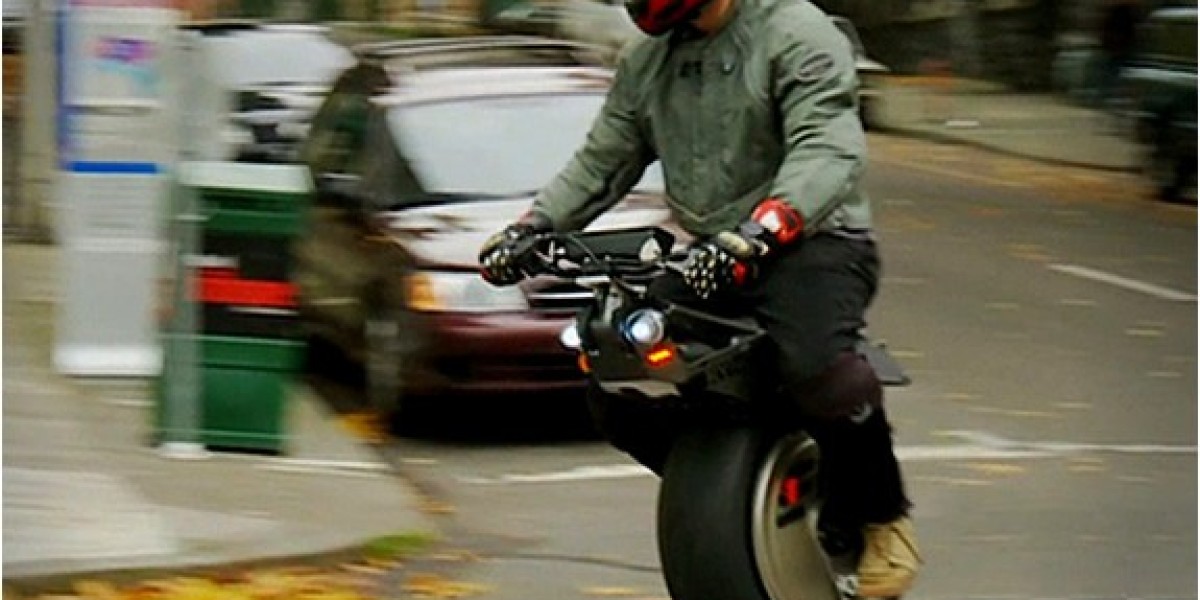The thrilling, surf-like feel of riding a one-wheel electric scooter comes with a complex set of challenges that will define its future. As adoption grows, the industry finds itself at a critical juncture, grappling with pressing issues of safety standardization, unclear regulations, and the need for broader rider education. How these challenges are addressed will determine whether one-wheelers become a staple of city streets or remain a niche activity for risk-tolerant enthusiasts.
The growth potential for this mode of transport is undeniable. According to Straits research, the global one wheel electric scooter market size was valued at USD 139.71 million in 2024 and is projected to grow from USD 146.97 million in 2025 to USD 220.48 million by 2033, registering a CAGR of 5.2% during the forecast period (2025–2033). However, this projected growth is contingent upon the industry's ability to build trust with consumers and regulators by proactively solving its most significant hurdles.
The Regulatory Gray Zone: A Patchwork of Laws
A major barrier to widespread adoption is the ambiguous legal status of one-wheel electric scooters in many regions.
United States: Regulations vary dramatically from city to city and state to state. Some municipalities classify them similarly to e-bikes or electric scooters, allowing them on bike paths, while others ban them from sidewalks and roads alike, leaving riders in a legal limbo. The recent CPSC action against Future Motion has heightened regulatory scrutiny nationwide.
European Union: The EU has more structured rules for what it terms "Personal Light Electric Vehicles" (PLEVs), but the classification of one-wheelers is often inconsistent. In some member states, they are illegal on public roads, while others have specific speed and power limits. The lack of a unified standard hinders manufacturers from marketing their products across the continent with clarity.
Asia-Pacific: Countries like Japan have strict regulations, often requiring insurance, registration, and a license to operate such devices on public roads. In contrast, enforcement can be lax in other parts of the region, creating a wild west environment that poses its own risks.
The Safety Imperative: Beyond the Helmet
The core technology of one-wheel scooters presents inherent risks. The single-point balancing system has physical limits; if a rider over-leans and exceeds the motor's torque capability, a "nosedive" can occur, resulting in a high-speed fall.
Manufacturer Accountability: Future Motion's recall has set a precedent for manufacturer responsibility. The industry is now under pressure to develop more transparent safety protocols, clearer warnings about the limitations of the technology, and more effective built-in safety mechanisms like earlier and more intuitive pushback alerts.
The Role of Rider Education: A significant portion of accidents is attributed to rider error and a lack of understanding of the device's physics. In response, online communities and local rider groups have become essential platforms for sharing safety tips, riding techniques, and beginner guides. Some retailers are now offering formal training sessions, a trend that needs to become more widespread.
Competitive Responses to a Challenging Environment
The key players are adapting their strategies to navigate this complex landscape:
Future Motion (USA): Post-recall, the company's strategy is focused on rebuilding trust. This includes mandating the installation of its new Haptic Buzz alert system, which vibrates the board to provide an unmistakable pushback warning. Their marketing now heavily emphasizes "riding within limits."
Floatwheel and Other Challengers (China): These companies are leveraging the situation by promoting their products as having higher safety margins due to more powerful motors and open-source firmware that allows tech-savvy users to customize safety settings. However, they also face increased scrutiny and potential legal challenges regarding patent infringement and compliance with safety standards.
The Path Forward: Standardization and Integration
For one-wheel scooters to achieve their full potential, two things need to happen. First, industry-wide safety and performance standards must be developed to ensure a baseline level of product quality and rider protection. Second, city planners and policymakers need to thoughtfully integrate micro-mobility options like one-wheelers into transportation infrastructure, designating appropriate spaces for their use to ensure the safety of both riders and pedestrians.
Summary
The future of one-wheel electric scooters hinges on a collaborative effort between manufacturers, regulators, and riders to prioritize safety and clarity.












